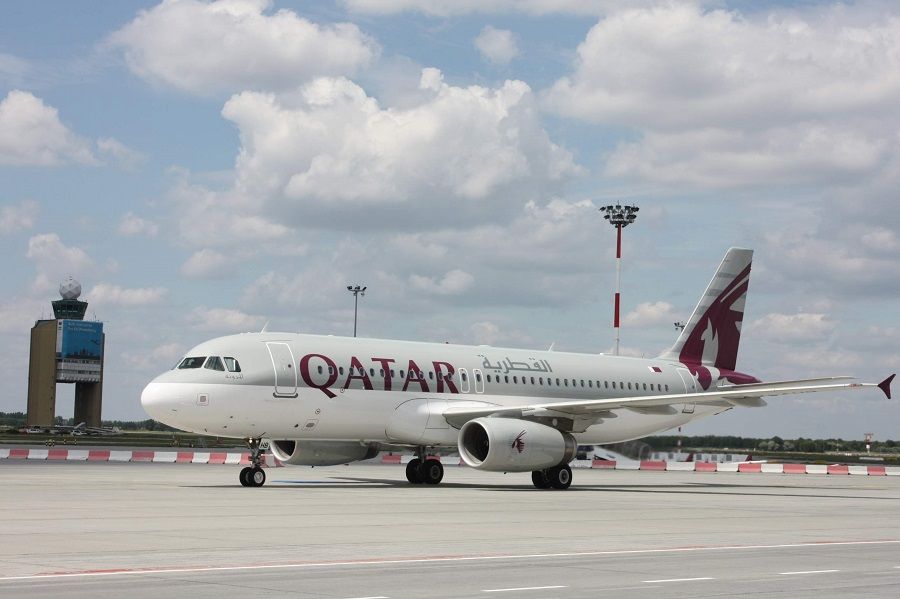Ryanair in Talks for Flights to Zagreb and Split
November 14, 2018 - It has been confirmed that Ryanair is in talks with both Split and Zagreb as the Irish low-cost carrier looks to expand its operations in Croatia.
An interesting development in the budget airline market in Croatia, as it has emerged that Ryanair is in discussions to bring routes to both Zagreb and Split. The Irish carrier, which brought budget flights to the Dalmatian coast with the opening of Zadar back in 2007, had fallen behind some of its competitors in recent years in the Croatian market, with easyJet in particular establishing itself on Croatia's Adriatic coast. Zagreb has limited options currently regarding the budget market, and for an idea of how Ryanair can change things, our interview earlier today with Budapest Airport CEO Jost Lammers explains how Ryanair quickly established itself in the wake of the collapse of Malev back in 2012. Ryanair has been trying to get into the market in Dubrovnik, with the possibility of year-round flights, but the main sticking point was the financial concessions which Dubrovnik was reluctant to give.
"In a statement to EX-YU Aviation News, the airline said, "Ryanair has held positive discussions with the Minister regarding longer-term traffic growth and route development at its existing Croatian airports as well as potential new airports like Zagreb and Split". The development comes just weeks following reports that Zagreb Airport's operator requested for the Croatian government to lower its annual concession fee. The operator argues that as a result of the concession fee, it was forced to increase its charges, which has in turn deterred low-cost airlines from flying to Zagreb. This winter season, only one low-cost carrier, Eurowings, will maintain services to the Croatian capital."
For the full story from ExYuAviation with more information about Split and Zadar, click here.
For the latest flight news from Croatia, click here.
Very Successful Start to New Zagreb - Seoul Route for Korean Air
November 14, 2018 - The Korean love affair with Croatia continues, with very strong numbers posted on the new Seoul to Zagreb route, almost 10,000 in the first two months.
One of the more unexpected success stories of Croatian tourism in recent years has been the surge of interest from South Korea, where tourist arrivals have rocketed from 17,000 in 2011 to more than 400,000 a year. As is often the case with Croatian tourism, this success is quite accidental and has its roots in Croatia being the setting of a popular reality TV show, The Romantic. Learn more about the Korean love affair with Croatia via reality TV.
With such strong interest, Korean Air decided to initiate direct flights between Zagreb and Seoul recently, a decision which has been more than vindicated by early results, which show that almost 10,000 passengers used the service, and Zagreb. According to ExYuAviation:
"Korean Air has carried close to 10.000 passengers on its flights between Seoul and Zagreb during its first two months of operations. The airline handled 4.771 travellers in September and a further 5.148 passengers in October. The carrier's average cabin load factor on the route stood at over 80% for the two-month period, while flights were close to completely full in late September during the Chuseok festival, a major three-day thanksgiving holiday during which demand for travel on the Korean peninsula increases significantly. In September and October, Korean Air maintained three weekly flights between the two capital cities with its three-class 218-seat Airbus A330-200 aircraft."
Read the full story on ExYuAviation.
Seoul is one of an increasing number of direct intercontinental connections Croatia has established in recent years, as it expands its tourism reach. Emirates, Qatar Airways, Transat from Canada all offer direct flights, while American Airlines will fly direct to Dubrovnik from the United States next summer, the first direct US connection in 28 years.
For the latest flight news to Croatia, click here.
Lessons from Budapest Airport: CEO Jost Lammers on Life After Malév
November 14, 2018 - It is nearly 7 years since Hungarian national airline Malév ceased operations. With Croatia Airlines clearly in trouble, TCN interviewed Budapest Airport CEO Jost Lammers on life after the loss of a national carrier, to learn how Budapest Airport is coping. It turns out it is coping rather well.
At a recent medical tourism conference in Zagreb, I got talking to a Latvian living in London whose small business helped people on NHS waiting lists in the UK get free treatment quicker abroad. It was a really interesting discussion, which you can read here, but one of the other things it got me thinking about was accessibility to Zagreb. He told me about how dental tourism in Budapest was flying, and one of the factors in that was the sheer wealth of choice of budget flights to Budapest, where he was facing a six-hour commute home via Brussels from Zagreb to London. Croatia was losing out a lot on the possibility of tapping into this lucrative dental business, to name but one sector, due to poor connectivity. The potential of the Croatian medical tourism industry to compete was confirmed by Keith Pollard, Editor in Chief of International Medical Tourism Journal, whose article on my recent interview with Keith was headlined - Croatia Could Take 25% of Hungarian Dental Market, says IMTJ.
Why was Zagreb so badly served by budget airlines, making it that much harder for people to come for a short break or medical treatment, when comparing the costs and travel time of somewhere in the region, such as Budapest? Part of the reason, it was explained to me, was that Croatia Airlines has Zagreb as its main base and it is protected from too much competition, as the airline is already in trouble, and welcoming lots of low-cost carriers might mean the end of the national carrier.
I thought of Budapest once more. It is almost seven years since Hungarian national airline Malév went bankrupt, and yet Budapest Airport seemed to be doing exceptionally well in just a short time after such a devastating blow. So well in fact, that Budapest is on course to double its passenger numbers since the Malév era, and Budapest handled more passengers last year than ALL Croatian airports combined. I decided to contact Budapest Airport to see if I could learn more, and I am very grateful to Budapest Airport CEO Jost Lammers for not only agreeing to the interview, but for providing such comprehensive answers within 48 hours. Thank you, Sir!
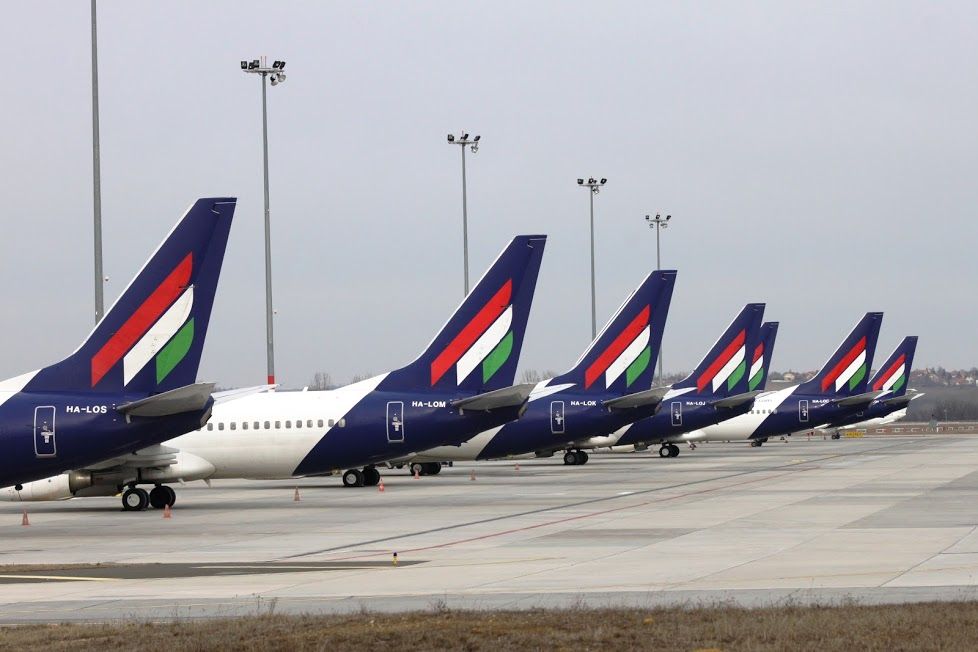
(Budapest Airport one year before Malév collapsed)
1. It is almost 7 years since Hungarian national carrier Malév ceased operations, which must have been a disaster for Budapest Airport at the time. Tell us a little about that. What were the main consequences, and how much time did you have for a contingency plan?
The grounding of Malév Hungarian Airlines was a very negative surprise indeed, though in a way it had been in the air for years before the cessation of operations and liquidation of the company. We at Budapest Airport of course closely monitored what was happening with our main business partner of those years, and we had enough time to prepare for this contingency. With the grounding of Malév we lost approx. 40 % of our passenger traffic and about 50 % of our revenue, I do not have to emphasize that this would be an almost lethal blow to any business. However, we had no time to lament over what had happened.
The very day of the Malév bankruptcy my colleagues from the aviation marketing team started calling their business partners in airline offices around Europe and the world. Of course in a very short period of time we had to re-organize the whole operation of Budapest Airport to contingency mode, we had to (temporarily) freeze our ambitious airport development projects and cut all unnecessary expenses. We also laid off some of our staff, which was emotionally the hardest thing we had to do.
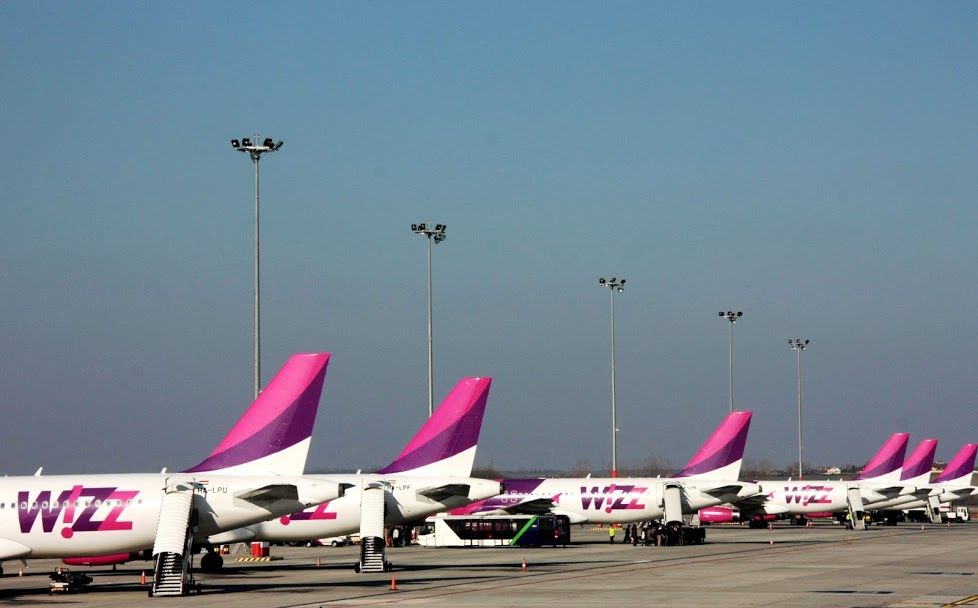
(Budapest Airport one year after the collapse of Malév)
2. Ryanair was quick to enter the market once Malév ceased operations. How long were those discussions ongoing? What is the LCC market share at Budapest Airport today compared to early 2012?
In fact not only Ryanair but all major airlines reacted very quickly to the new situation. With hindsight I may say that February 2012 clearly demonstrated to us that fierce competition is going on in the world of aviation, and there is no room for market vacuum at all. Even large legacy carriers reacted in less than 24 hours to the bankruptcy of Malév and made quick business decisions to fill in the missing routes. Some arrived with their first flights in Budapest within 72 hours. Of course the winter low season also helped, there was some free capacity at hand for all major airlines to start a new route to Budapest. Discount carriers were of course the quickest to react. Their market share used to be around 25 % when Malév was still around, and it quickly rose to 50-52 % where it stabilized.
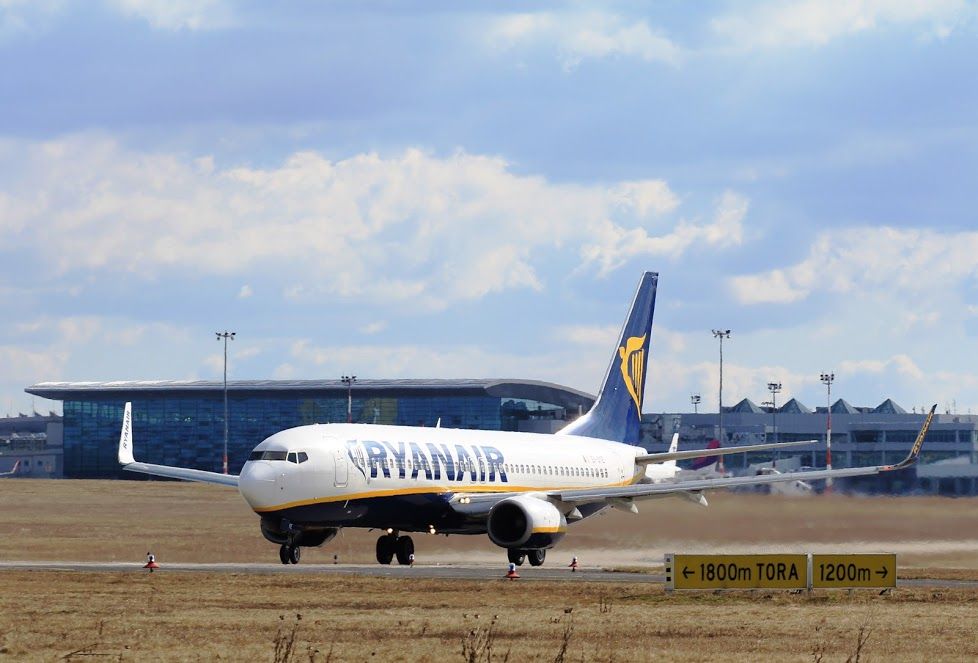
The only area where it was very difficult to fill the gap was the Balkan routes, Malév used to run a very successful operation flying from Budapest to Zagreb, Sarajevo, Belgrade, Podgorica, Tirana, and Skopje.
3. A quick look at passenger numbers shows not only that Budapest managed to survive the fall of Malév, but prosper! 8,489,739 passengers in 2011, the last full year of Malév, 12,727,322 in 2017, six years later. Indeed, you were net positive only three years after Malév in terms of passenger numbers. How did you do it?
Let me correct this a little bit: it was 13.1 million passengers in 2017, and this year I am sure we will finish around the threshold of 15 million passengers. The secret of this outcome is very simple: while we needed to cut OPEX and most of our CAPEX after the Malév bankruptcy, we actually put extra effort into route development. All my colleagues from airline development did their best to visit new airlines at their HQ and international route conferences and they presented Budapest and Hungary to them as an excellent destination. This is an area where our strategy started to pay off: step by step we carried on, and quite a number of new airlines chose Budapest.
We now have Qatar Airways, Emirates, Air Canada Rouge, American Airlines, LOT with two trans-Atlantic direct destinations, Air China, Iberia, FlyBe, Pegasus Airlines among the newcomers of the last five years, just to mention a few.
4. There must have been a change in the business model on several levels, including the loss of an entire aspect of passenger activity - the Malév transit passenger. How did you adjust?
Indeed, we used to have 1.5 million transfer passengers in Budapest, those were the people on early-morning Malév flights who carried on flying to their destination after an hour spent at the airport. This number of transfer passengers has fallen sharply to a dozen people or so a day. Logically we had to adapt to this new development and cut back our transfer product. However, we soon discovered the advantages of O&D passengers who target Hungary and Budapest when travelling. This is also a huge benefit for Hungarian tourism and also for the commercial income of the airport since these people use most of our services from parking to the duty-free shop.
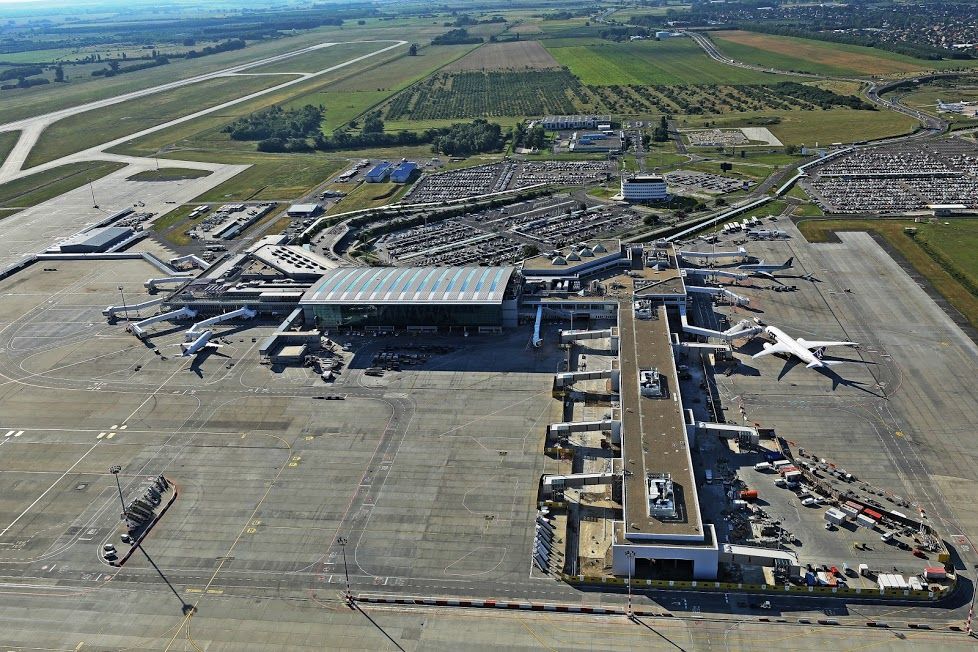
(Budapest Airport Terminal 2 with new Pier B)
5. Look into your crystal ball. How would Budapest Airport look today if Malév had continued to be propped up by the State?
I am sorry, but this is a very-very hypothetical question. Neither history nor aviation industry likes ”What if?”-type questions. What is safe to say is that there are two former subsidiaries of Malév which carried on operating and gathered strength in the past few years, namely MGH or Malév Ground Handling with a very decent market share, and also Aeroplex, the MRO company.
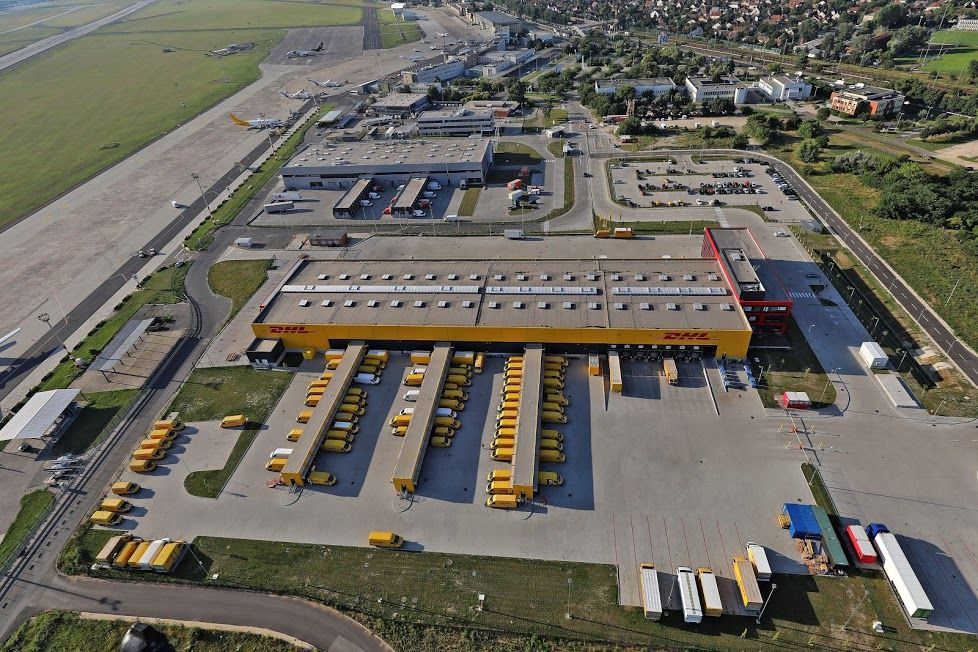
(Brand new logisitics base for DHL and TNT Express at Budapest Airport)
6. How important has Wizz Air been in the development of Budapest Airport?
They are our strongest airline partner in terms of passenger numbers. Their commitment to introduce an additional aircraft per year to their fleet in Budapest helped us to look with more confidence to the future. We built a line-maintenance hangar for them here at the airport, they have been operating a crew center in Budapest, so we do have multiple ties with Wizz Air. They like to call themselves the de-facto national airline of Hungary and there is a fair amount of truth in that. They are developing according to their long-term strategy and have become the leading discount carrier of Central and Eastern Europe.
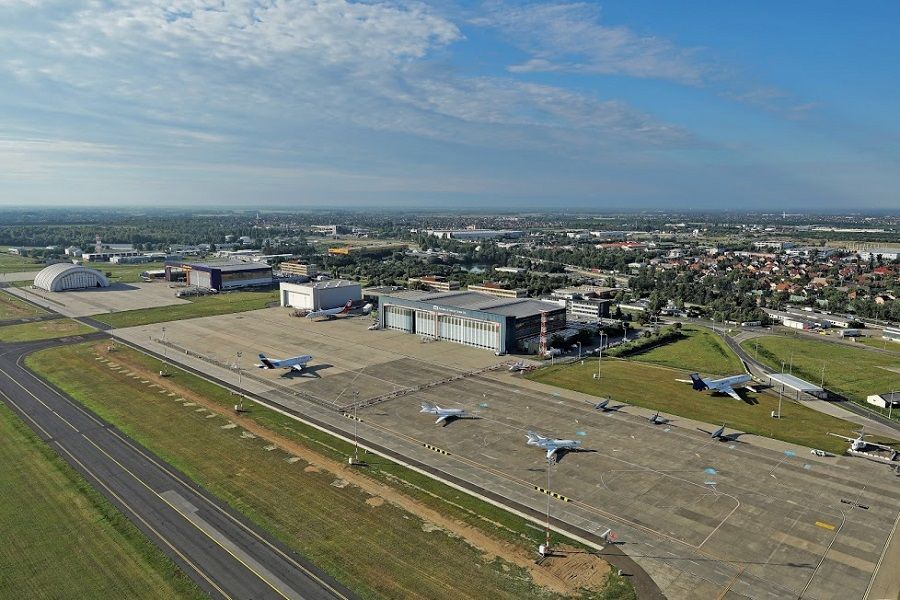
(Lufthansa Technik, Wizz Air and Aeroplex and MRO base at Budapest Airport)
7. You have managed to create a schedule with a great mixture of national carriers and low-cost airlines, offering a lot of choice to consumers and allowing, for example, the Budapest dental tourism industry to flourish. Tell us a little about your strategy.
It is not only “dental tourism” that has shown strong development. We have close ties with river cruise operators. More than 250 000 people start their holidays on the Danube cruise-ships here in Budapest. These people are flying in through our airport from all over the world, from the US through China to Japan. All in all, I think Budapest has become a remarkable tourism destination offering a very wide variety of entertainment to all customer segments: the traditional Sziget Festival brings in tens of thousands of young people in the summer with backpacks; then Red Bull Air Race and Formula-1 are two major and fabulous technical sport events with lots of spectators. Budapest also has a lot to offer in cultural tourism. For instance, we cooperate closely with the Winter Festival which targets mostly opera and classical music fans.
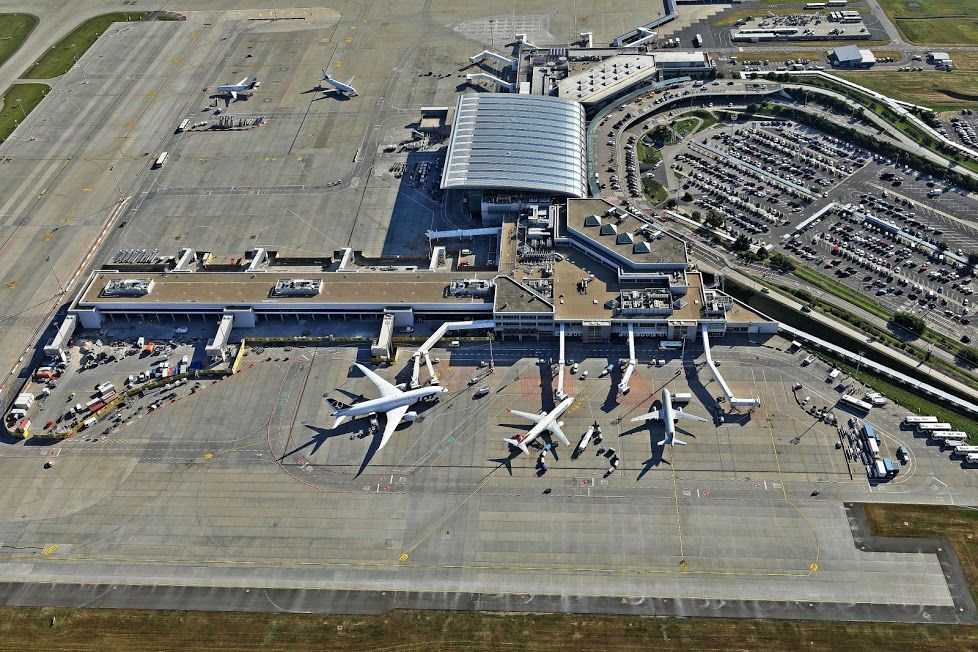
(Budapest Airport Terminal 2 with brand new Pier B and LOT 787)
8. We obviously write about Croatia. What is your opinion of the way the aviation market is developing in Croatia, and why are there so few low-cost carriers flying to Zagreb when there is so much choice in Budapest?
It is difficult to judge from outside, but I am sure that the biggest tourist magnet in Croatia is the Adriatic coast, the world-famous Jadransko more where Split, Dubrovnik and Rijeka on Krk Island have their own strong airports, and I guess very few people would fly to Zagreb and then travel for hours to the sea when there are other, direct means of transport. I myself drove down to Croatia from Budapest as tens of thousands of Hungarians do every summer for a great family holiday.
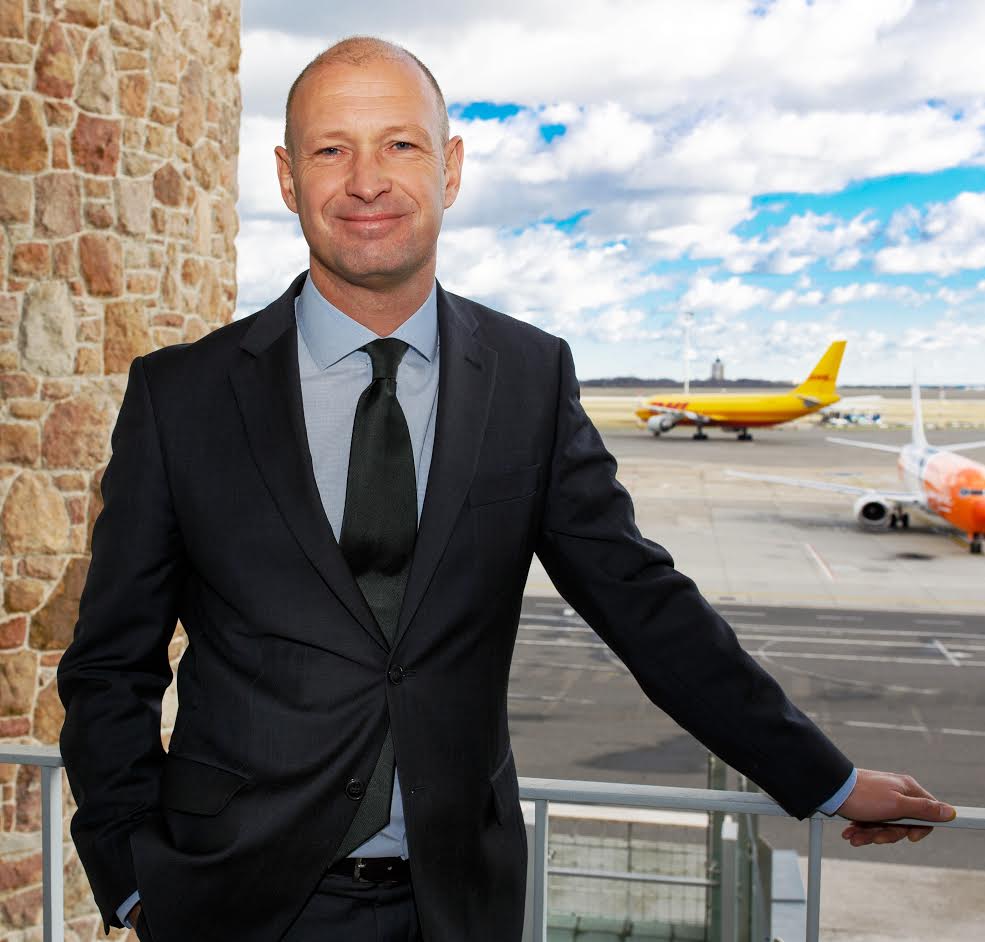
(Jost Lammers, CEO of Budapest Airport)
9. Hungary clearly survived the demise of Malév. Do you think national carriers in the region have a future or should they consider joining forces?
There are different strategies for survival in the aviation business, but I am sure the strong consolidation process in the coming years will continue – just look at what happened to Air Berlin. This is a business where size really matters. Smaller national airlines may have a choice of joining and amalgamating into larger airline groups for strength and network advantages. At the same time, the strong division between legacy carriers and the low-cost model is slowly disappearing, more and more hybrid models are being set up. If you look at the three major airline groups, most of them have launched their own low-cost or hybrid daughter airline, be it Eurowings for the Lufthansa-group or Transavia and now Joon for the Air France-KLM group.
Thus within Europe where you have maximum two-hour or three-hour flights, I see stronger development prospects for the low-cost model where the customer has a wide choice and pays only for services what he or she really needs. About 80 % of the passenger growth across Europe in recent years has been delivered by them.
The next step forward will be the answer to the demand of services of self-connecting passengers who fly into a certain airport with one airline and continue their journey with a completely different one. Airports must continue to find solutions for the needs of these passengers too in the very near future. Digitalization of air travel makes this demand very real for us too.
To learn more about Budapest Airport, visit the official website.
For the latest news about flights to Croatia, visit our dedicated TCN page.
Flights to Croatia: El Al To Dubrovnik, Ryanair Expands, Pula, Rijeka, Split Update
November 10, 2018 - The latest flights to Croatia roundup, with El Al starting direct flights to Dubrovnik, Ryanair expanding, Volotea moving into Rijeka, and more records smashed at Croatian airports.
New Direct Flights to Croatia - El Al from Tel Aviv to Dubrovnik
Isreali interest in Croatia has been steadily increasing in recent months, with Croatia's controversial US$500 million purchase of Israeli F16s, a shift in the Croatian position in the Israeli-Palestinian dispute, as well as a raft of business announcements. The latest strengthening of ties comes with the announcement that El Al will start the first-ever direct flights to Dubrovnik from Israel, starting on June 4. The weekly Tuesday flight will run under the tourist brand Sun d'Or until September 24, and the new route will be in addition to the longer running connection between Tel Aviv and Zagreb. The flights to Zagreb will be three times a week from April 2 to October 23 - all details of timetables can be found via Avioradar.
Flights to Rijeka - Welcome Volotea!
Volotea's steady expansion in the Croatian market continues, and the Spanish low-cost carrier has announced its first flight to Rijeka, European City of Culture in 2020. And if you are quick, promotional tickets are just 9 euro. The new route will be once a week from Marseilles, and it will run from June 6 to August 28.
New flights to Pula from easyJet and Volotea
More easyJet love for Istria, as the famous orange and white livery will be connecting Pula with Amsterdam next summer, as already reported by TCN.
It is not the only new route to Pula to be announced this week. Having already established Nantes to Pula, Volotea will commence direct flights to Pula from Bordeaux once a week on June 5, reports Avioradar.
More flights to Split with Wideroe
No market has opened up to Dalmatia as much as the Scandinavian market with the arrival of budget flights, and national carrier Norwegian can be credited with a major part in establishing the market. Where one goes, others follow, and yet one more option for Norwegian tourists next summer, as Wideroe has announced another charter option from Oslo Torp to Split.
Cheap Flights to Croatia - Ryanair to add more Zadar Routes
Despite being the first to enter the low-cost market in Croatia back in 2007, Ryanair has not expanded as much as easyJet, Norwegian or some other competitors. It seems that some efforts to addressing this will come next year.
"The budget airline, which last year held a 5% capacity share in Croatia and was well behind rivals such as easyJet and Eurowings on the market, will strengthen its seasonal base in Zadar next year with the launch of up to eight new routes. The carrier has already scheduled new services from Hamburg, Prague, Cologne, and Nuremberg to the Croatian coastal city next summer. However, it is expected that the no frills airline will no longer have an aircraft stationed in Croatia." Read the full story of Ryanair's plans for both Croatia and the wider region on ExYuAviation.
Flights to Croatia - more record passenger numbers to Croatian airports
The records keep on tumbling. More information on record passenger numbers in two TCN reports this week - Zagreb, Split, Dubrovnik airports set October record, and Airports See 10.5% More Passengers than Last Year.
For the latest flight news to Croatia, follow our dedicated page
Flights to Croatia: Cork to Dubrovnik - Pula, Split, Zadar, Zagreb News
October 28, 2018 - A weekly roundup of the latest news about flights to Croatia.
Flights to Croatia - Cork to Dubrovnik Direct
Great news for tourists (and Croatian diaspora) in southern Ireland, as Aer Lingus has announced the first scheduled direct flight from Cork to Croatia. The new Cork to Dubrovnik route will commence on May 4 and fly twice a week, on Tuesdays and Saturdays. The Cork route is the second Aer Lingus connection to Dubrovnik, with Dublin's direct link to the Pearl of the Adriatic already well-established. Aer Lingus has also announced its summer schedule for Split and Pula, with the Split route strengthened for 2019.
Flights to Croatia - Less Winter Flights to Dubrovnik, More Summer Connections from USA Anticipated
Dubrovnik's attempts to become a 12-month destination have received a minor setback, with several major carriers announced a reduced service to southern Dalmatia. These include Emirates, FlyDubai, Turkish Airlines and British Airways. There is some better news on increased interest in additional direct flights from the United States, however. The first direct connection between the United States and Dubrovnik for 28 years will begin from Philadelphia on June 7, when American Airlines will touch down. IT is anticipated to be the first of a number of connections, according to Romana Vlasic, Director of the Dubrovnik Tourist Board:
"After 28 years we will finally have direct flights from the US again, with American Airlines announcing services from Philadelphia. This pilot project from American Airlines will grow over the coming years to include more American cities as well as new airlines". She added, "Through our representative office in New York we have made contact with the airline and the travel company that represents them. We have already arranged joint marketing opportunities and cooperation. We are only too happy to help fill these flights and make sure that this new link is successful." Read the full story on ExYuAviation.
Flights to Croatia - Split Airport Breaks the 3 Million Barrier
The rise and rise of Split Airport continues, with yet one more record broken this week, as the airport handled 3 million passengers for the first time in one year, a 10% increase on a record 2017. The new terminal is scheduled to open in July, 2019, which will help take off the pressure a little. Read the full story about the rise of Split Airport.
Flights to Croatia - Volotea Opens 2019 Sales
Low-cost carrier Volotea has significantly increased its operations to Croatia in recent years, principally to Dubrovnik and Split from multiple destinations in France and Italy. Sales for the 2019 season are now available. Check out the routes via Avioradar.
Flights to Croatia - JAL to Codeshare with Zagreb
"Japan Airlines (JAL) will be adding its designator code and flight numbers onto British Airways' service between London Heathrow and Zagreb starting next week. Both airlines are members of the Oneworld alliance. Japan Airlines passengers can now book flights to Zagreb via the carrier's website. British Airways will maintain five to seven weekly services between London and the Croatian capital this winter season, depending on the month." Read the full story on ExYuAviation.
Keep up with the latest news about flights to Croatia with the dedicated TCN tag.
Austria's Laudamotion to Connect Zadar and Stuttgart
A brand new connection for Zadar!
Seven Stars Awarded to Croatia Airlines!
Of the other airlines flying into Croatia, Ryanair and Norwegian both received a lower than four star rating.
Air Transat Announces Direct Flights from Toronto to Split for Summer 2019
September 27, 2018 - The Croatian intercontinental flight connections continue to improve - Toronto to the Dalmatian coast for summer 2019!
Ryanair Announces New 2019 Zadar-Prague Line
Ireland's wildly popular Ryanair is set to connect Zadar and Prague twice per week as of next season.
Serbian Planes to Land at One Croatian Airport
''The extended runway enables the beginning of the cooperation with Air Serbia, with whom we've been negotiating for a long time,'' stated Peović.

